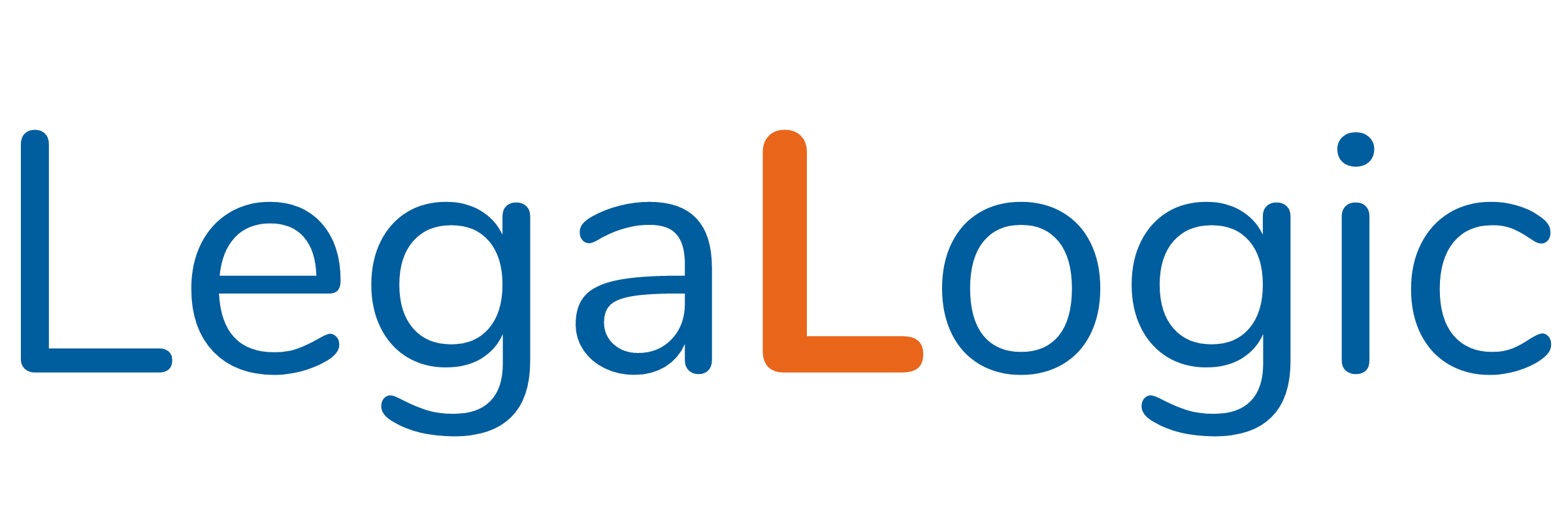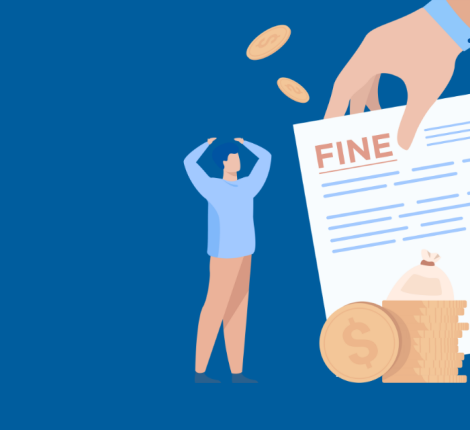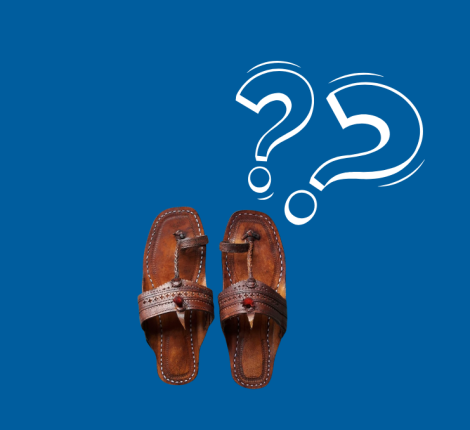IPR Newsletter – Design Registration – A Primer : May 2023
Introduction
Amongst all the other brands of cold drinks, one can easily identify a ‘Coca Cola’ from that of others solely based on the design of the bottle i.e., the shape of the ‘Coca Cola’ bottle. This shows how a design of a product can become its USP used in attracting as well as retaining the consumer base, thus, making it an important intellectual property.
The Design Act, 2000 was enacted in order to protect the distinctive visual appearance of a product thereby encouraging creativity and innovation. It also gives the owner exclusive rights to apply the design to their ‘articles’/products for a limited time. These exclusive rights help in maintaining a balance between the individual as well as social interests by giving a monopoly to the creator in exchange for giving the community a range of new products that are visually appealing and may also have improved function or safety.
What is a ‘Design’ under the Design Act, 2000?
Section 2(d) of the Act defines ‘Designs’ as
“Only the features of shape, configuration, pattern, ornament or composition of lines or colours applied to any article whether in two dimensional or three dimensional or in both forms, by any industrial process or means, whether manual, mechanical or chemical, separate or combined, which in the finished article appeal to and are judged solely by the eye”
Thus, designs are 2D or 3D visual features of a product resulting from shapes, configuration, lines, colours, ornaments etc. which are appealing to the eye.
The definition also states what cannot be a design which includes mode, principle of construction, trademark, property mark or any artistic work covered under the Copyright Act, 1957.
Detailed Registration Process
1. Essential Requirements for Registration
- The design should be new, original and not previously published or used in any country before the date of application for registration.
- The design should be applied or applicable to any article by any industrial process.
- The features of the design in the finished article should appeal to and are judged solely by the eye.
- A design should be significantly distinguishable from known designs or a combination of known designs
- A design should not be a mere mechanical device
- A design should not comprise or contain scandalous or obscene matter
2. Who can apply for registration:
- According to the Act, the “proprietor” of the Design may file an application for registration. The definition of the word “proprietor” includes the author of the design or any person having the right to apply.
- Thus, any person having the right to apply or the legal representative or the assignee can apply separately or jointly for the registration
- The term “person” includes a firm, partnership, small entity, and a body corporate.
3. Registration Steps
Filling of Application:
- The first step in the design registration process is to file an application with the Controller of Design who is the Controller-General of Patents, Designs and Trade Marks, at 4 locations, namely, Kolkata, Delhi, Mumbai and Chennai.
- The application for design registration must be filed with prescribed fees and in accordance to Form-1 which includes details like:
- The class and the sub-class of the article under the Locarno Classification, of the article embodying the design
- Representation of the design
- Highlight the unique features of the design that sets it apart from any other existing designs, etc.
Examination:
- After filing the application, the examination officer will examine the application using the available databases to ensure that it meets all the requirements for registration. This includes checking if the design is novel, original, and not already published or disclosed.
- The Controller considers the report of the examiner on the registrability of the design. If it is approved, the same is registered and a certificate is issued. However, if it is not approved, certain objections and conditions could be raised requiring the applicant to amend the application.
Publication:
- Once the design is found to be in compliance with the Act and Rules, it will be published in the Designs Journal. The purpose of the publication is to give the public an opportunity to oppose the registration of the design if they believe it infringes on their rights.
Opposition:
- Within a period of four months from the date of publication, any person can file an opposition to the registration of the design. If an opposition is filed, the Controller will conduct a hearing and consider the arguments put forth by both the applicant and the opponent before making a decision.
Validity
- Design registration is valid for a period of 10 years and can be extended for a further term of 5 years with the payment of the necessary fees. The design will lapse if the extension is not done in time, but can be restored.
- The application for restoration is to be made within one year from the date of the lapse of the design, only in the case of non-payment of the extension fees. If the application for restoration is approved, the necessary extension fees are to be paid.
Advantages of Design Registration
- Registration of a Design provides the person with a statutory copyright under the Act. Unlike Trademarks, one cannot sue under the garb of ‘passing off’ if there is no registration. Thus, the right only accrues on registration.
- This right includes the right to prevent all others from producing, importing, selling or distributing products having an identical appearance or a fraudulent or obvious imitation.
- The holder of the right gets a monopoly for 10 years extendable up to 5 more.
- Provides protection to the USP of the article.
- A registered design could be seen as an asset and the same could be licensed as well as transferred.
- In these extremely cut-throat marketplaces, design registration is the most efficient way to prevent competitors from copying your design.
- According to a WIPO survey, India has seen an approximately 67% increase in total design filing. This goes to show how important it has become to protect your design.
Latest case laws regarding designs
V Guard Industries Ltd vs Ms Mahavir Home Appliances and Anr. (Delhi High Court)
Facts:
- The plaintiff is the holder of design registration No. 330602-001 dated 1st July 2020, for a ceiling fan. The plaintiff had filed the present case alleging infringement and piracy for the Plaintiff’s ceiling fan stating that t the design of the defendant’s fan is an obvious imitation of the design of the plaintiff’s fan within the meaning of Section 22(1) of the Designs Act.
- The Defendants had argued that the shape of the extension of the central motorhead is different in the competing designs.
- The Defendants had also argued that Plaintiff’s design is non-registrable on account of lacking novelty and originality as its features were already existing in the market.
Held:
- The court observed that the design of the defendant’s fan is identical to the suit design, save and except for a minor difference in the shape of the extension of the central motorhead design towards the blades, which, in the suit design is rectangular in shape and in the design of the defendant’s fan is rounded.
- It was held that minor differences cannot suffice to distinguish the suit design from the impugned design of the defendant’s fan.
Conclusion
- The law of Intellectual Property aims to protect creativity and innovation which helps to increase trade and business. If one wants to ensure to have a monopoly in the trade of their product having a new and original design, it is encouraged to get it registered.
- As seen from the above cases, registration provides a prima facie case of the design being new and original further helping the registration holders. It is imperative to register your design to enhance the commercial value of the product, attract new customers, and promote the brand globally.
- To ensure the successful registration of various intellectual properties, individuals should consider engaging an attorney with expertise in intellectual property, as this can assist in avoiding cases of infringement.





